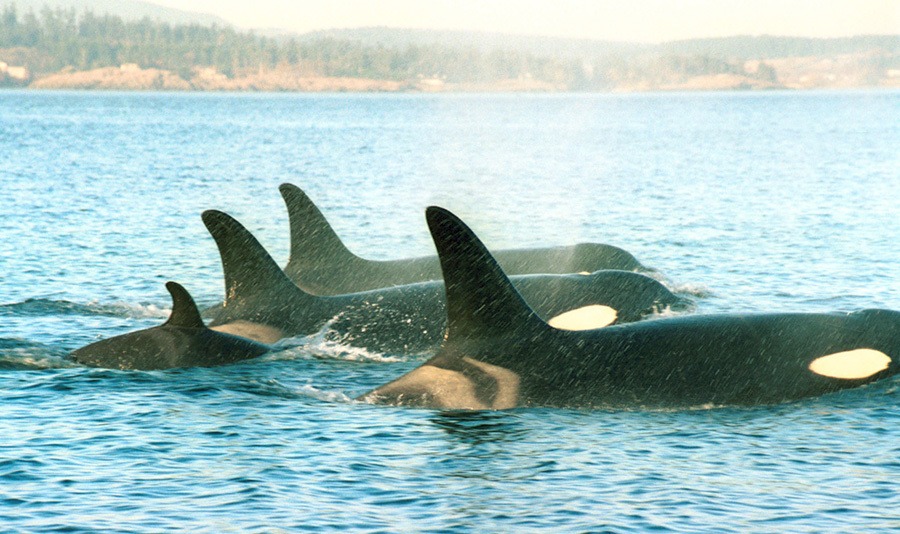The Whale Museum is pleased to welcome Lynne Barre of NOAA Fisheries as part of the 2016 Summer Lecture Series on Monday, Aug. 1, at 6:30 p.m. Barre will give us an update on NOAA’s Species in the Spotlight campaign on the Southern resident killer whales. The Southern residents were listed under the Endangered Species Act in 2005 following an approximate 20 percent decline in their population. They were chosen as one of the eight most at-risk species because the population has relatively high mortality and low reproduction; currently, the orcas are well below the population growth goals identified in the Recovery Plan (NMFS 2008). Unlike other North Pacific killer whale populations, which have generally been increasing since federal protection was initiated in the 1970s, the Southern resident population remains small and vulnerable and has not had a net increase in abundance since the mid- 1980s. The recovery program requires engagement from vital partners and long-term support over a large range from California to Alaska.
Lynne Barre leads the Seattle Branch of NOAA Fisheries Protected Resources Division. The Protected Resources Division works to conserve and restore marine resources on the West Coast. Guided by the Endangered Species Act, they: review species’ status to determine if listing is warranted; develop protective regulations to conserve listed species; designate critical habitat; and authorize scientific research permits for activities that will benefit protected species.
The Aug. 1 lecture event is free and open to the public. For more information, call (360) 378-4710 ext. 30. The Whale Museum is located in Friday Harbor at 62 First St. N. Founded in 1976, The Whale Museum’s mission is to promote stewardship of whales and the Salish Sea ecosystem through education and research. In addition to providing exhibits, the Museum also provides programs including the Marine Naturalist Training, Orca Adoption Program, Soundwatch Boater Education, San Juan Islands Marine Mammal Stranding Network, and the Whale Hotline. The Whale Museum can be found online at www.whalemuseum.org.




